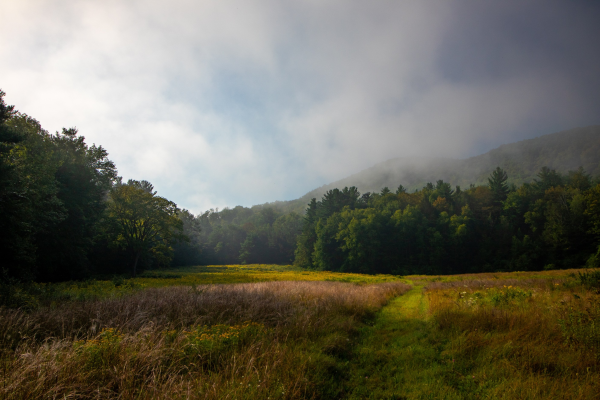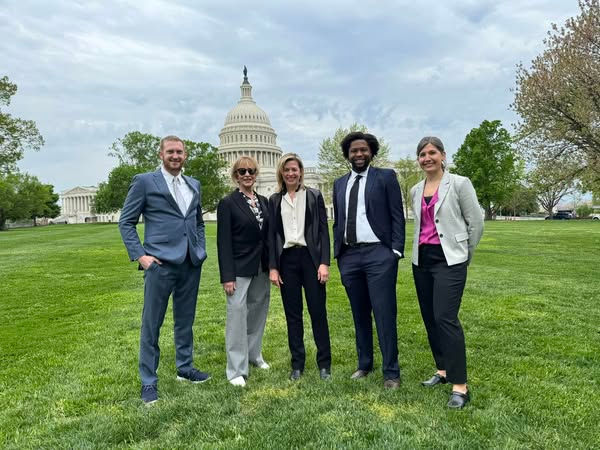Why Education Matters
- crcsaw
- Aug 11
- 2 min read
Updated: Aug 26
🌲 Why Forest Management Education Is a Game-Changer for Landowners
Imagine owning a forested property—a place of peace, legacy, and potential. But beneath the canopy lies a complex ecosystem that, without proper care, can quietly decline. Trees age, invasive species creep in, wildlife habitats degrade, and the land’s long-term value erodes. The truth? Owning forestland is not just a privilege—it’s a responsibility. And that responsibility begins with education.

🧭 Why Education Matters
Forest management isn’t just about cutting trees or preventing fires. It’s about understanding the land’s story and shaping its future. Educated landowners:
Make informed decisions about harvesting, conservation, and land use.
Increase property value through sustainable practices.
Protect biodiversity and support healthy ecosystems.
Access financial incentives like cost-share programs and tax reductions.
Leave a legacy—one that benefits future generations and the planet.
Without guidance, well-intentioned choices can lead to unintended harm. Education bridges that gap.
📚 Key Topics Every Forest Landowner Should Learn
Here’s a roadmap of essential topics that empower landowners to steward their woods wisely:
1. Forest Ecology & Tree Identification
Learn how forests function as ecosystems.
Identify native vs. invasive species.
Understand succession, canopy layers, and soil health.
2. Wildlife Habitat Management
Create environments that support birds, mammals, and pollinators.
Balance timber goals with biodiversity.
Use techniques like brush piles, food plots, and riparian buffers.
3. Timber Harvesting & Silviculture
Understand different harvest methods (e.g., selective cutting, shelterwood).
Learn how to work with foresters and loggers.
Plan for regeneration and long-term forest health.
4. Invasive Species & Pest Control
Spot threats like emerald ash borer or Japanese barberry.
Use integrated pest management (IPM) strategies.
Prevent spread through monitoring and early intervention.
5. Forest Health & Climate Resilience
Monitor for disease, drought stress, and storm damage.
Adapt management plans to changing climate conditions.
Promote species diversity for resilience.
6. Legal & Financial Considerations
Understand property rights, easements, and liability.
Explore tax programs like PA 490 or current use assessments.
Tap into grants and cost-share programs for conservation work.
7. Recreation & Aesthetic Values
Design trails, campsites, and scenic overlooks.
Balance human use with ecological integrity.
Enhance the land’s emotional and experiential value.
8. Legacy Planning & Stewardship Ethics
Create a forest management plan.
Involve family in decision-making.
Consider conservation easements or land trusts.

🌿 From Ownership to Stewardship
Education transforms landowners into stewards—people who don’t just own the land, but care for it with intention. Whether you're managing 5 acres or 500, the journey begins with curiosity and commitment.
And the best part? You don’t have to go it alone. Foresters, conservation districts, extension services, and peer networks are ready to help.
Would you like this adapted into a downloadable workbook, email series, or opt-in funnel for YourLandLegacy.com? I can also add visuals, metaphors, or a parable-style intro if you want to deepen the emotional hook.



Comments